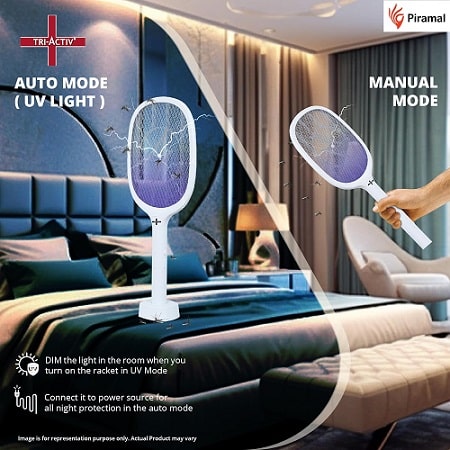Standing for long periods can tax the body, resulting in soreness, swelling, and stiffness in the feet, legs, and joints. It is crucial to find strategies to alleviate discomfort and reduce swelling if you find yourself on your feet for extended amounts of time. Regardless, of whether you work in a career that involves long hours of standing or simply find yourself on your feet for long periods.
This post will discuss some practical strategies to lessen the pain and swelling caused by standing all day. It will help you feel more comfortable and energized during your day.
1. Make An Investment In Footwear And Socks That Offer Support
Standing for extended periods can put significant pressure on your feet, resulting in discomfort and swelling. Investing in footwear that provides support is one of the most important actions you can take to ease discomfort. When shopping for shoes, look for enough cushioning, arch support, and stability.
In addition, look for shoes with a broad toe box that will give your toes plenty of room to splay naturally. When you wear appropriate shoes for the activity, your body weight will be distributed more uniformly, and the impact on your feet and legs will be reduced.
Many women, particularly pregnant women or women who have been standing or sitting for extended periods, suffer from leg edema. Compression socks for women and men can effectively reduce this swelling by applying a light amount of pressure to the legs and so limiting the accumulation of fluid.
The compression assists in stimulating the lymphatic system, which in turn encourages the elimination of excess fluid and reduces inflammation. Women can find relief from leg swelling that is painful and enjoy more comfort throughout the day if they wear socks with a compression bandage built into them.
2. Take Regular Breaks
Taking frequent breaks from standing can do wonders for lowering discomfort and swelling and can be done regularly. Make it a habit to stop what you’re doing periodically throughout the day to sit. You can put your feet up on something, and give your body a chance to relax.
Make the most of your breaks by enhancing your blood circulation by doing basic exercises and stretching your legs. If you give your body time to recuperate at regular intervals, you can reduce the strain that your muscles and joints are under, resulting in less discomfort and swelling.
3. Practice Proper Posture
Keeping an appropriate posture while standing is crucial to reduce the pain and swelling experienced. When you are standing, you want to ensure that your back is straight, that your caners are relaxed, and that your weight is distributed properly between both feet.
It is important to avoid slouching or leaning to one side because doing so might cause discomfort by putting extra pressure on particular body regions. Maintaining correct posture alleviates the unneeded strain placed on your muscles and joints. You can start lowering the risk of experiencing pain and swelling.
4. Use Anti-Fatigue Mats
Consider utilizing anti-fatigue mats if you stand on hard surfaces for extended amounts of time, which might cause weariness. These mats have been thoughtfully crafted to offer both cushioning and support, thereby lessening your feet and joints’ impact. Anti-fatigue mats provide a surface that is both soft and forgiving.
Which helps to increase blood circulation as well as alleviate discomfort and swelling. These mats can be strategically placed in rooms where you stand a lot, like your workspace or the kitchen.
5. Do Some Exercises For Your Feet And Legs
Regularly exercising your feet and legs will considerably reduce the discomfort and edema caused by standing for extended periods. Even basic exercises such as calf lifts, toe curls, and ankle rotations can help improve blood flow, strengthen muscles, and lessen soreness.
In addition, you can think about including stretching exercises into your routine. Such as toe touches and quad stretches, so that you may loosen up your tight muscles and boost your flexibility. You can reduce the harmful consequences of standing for long periods by including these exercises in your regular regimen.
6. Utilize the Cryotherapy Procedure
Applying cold therapy, such as ice packs or cold compresses, can relieve pain and edema almost instantly. If you are experiencing pain, place a cold compress on the affected area and leave it there for 15 to 20 minutes.
Because of the freezing temperature, the blood vessels can contract, which helps reduce inflammation, and the area becomes numb, which provides brief pain relief. Protect your skin from the cold pack by wrapping it in a small cloth before applying it to your body. Utilizing cold treatment as a means of pain management and swelling reduction throughout the day might be an efficient and easily accessible strategy.
Conclusion
Standing for long periods can tax the body and cause pain and swelling in several different body areas. You will be able to effectively minimize discomfort, alleviate swelling, and enhance general well-being if you follow the six methods that have been discussed above.
It is important to remember the need to purchase appropriate footwear, ensure that the right posture is maintained at all times, take frequent breaks, use anti-fatigue mats, engage in physical activity, and, when necessary, consider engaging in cold treatment. If you prioritize your physical health and put these ideas into action, you will be able to face the obstacles of standing for long periods of time with better ease and comfort.


